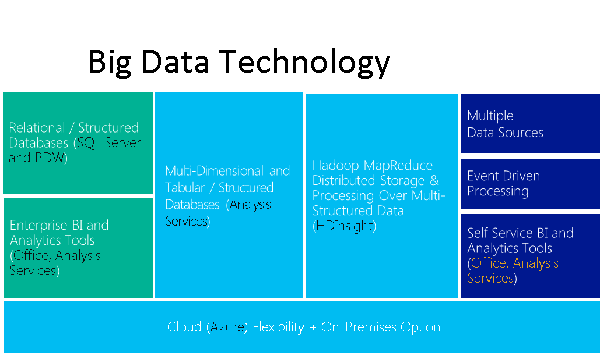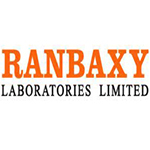Big Data and Sentiment Analysis
COGSA – Big Data Sentiment Analysis Solution
How many times have you woken up in the middle of the night wondering why sales of your new product or service you had launched with such fun fair dwindled? After all you had left no stone unturned to market it. In this digital era where most of the shopping is done on the internet, feedback too is expressed on the internet. Customers today like to read reviews before venturing out to buy anything. From mobile phone to movies, cars to holiday packages, everything has a review about it. A quick search for your product reveals the truth. Among the negative reviews, you find one that is spewing venom at your product and causing ripples in the social media.
The person who posted the view is well known on the social media network for his blunt views. Right or wrong, this person has a lot of followers who read his posts and can pass on the views to their contacts.
As a business you would like to have an idea of what has been written about you in these forums. So you go about collecting data in various formats from everywhere you can. This huge collection of data is referred to as Big Data.
Big Data is a collection on complex, unstructured information from everything that is related to or referring to the organization or its products. It is a collection of information from emails, presentations, websites, social media, TV shows etc. There is no limitation on size above which data collection is referred to as Big Data. In case of one organization few hundreds of terabyte s of data could be considered as Big Data, while in other it will take a few hundreds of petabytes before referring to their data as Big Data. The sheer size of data takes it beyond the capability of commonly used software tools to capture, manage and process the data in reasonable time. Although most relational database management systems have evolved with time to process huge amount of data, processing Big Data with the commonly available tools is still proving to be an unsurmountable task.

Typical Uses of Big Data:
What is COGSA ?
Benefits of Sentiment Analysis:
Data Preparation: This step involves two stages
Opinion Detection
Polarity Classification or Sentiment Orientation:
CogSA’s middleware then trains the model to process the data. Here CogSA uses Hadoop Architecture to process this hug e data. Hadoop architecture has two major components, Hadoop Distributed file system (HDFS), a distributed file system that provides high-throughput access to application data and Hadoop MapReduce, a YARN-based system for parallel processing of large data sets. The data is transformed using HIVE for query and PIG for scripts to a format that can now be used for analysis.
Two major approaches to classify review
Machine Learning Approach
Sentiment Prioritization
Influence:
Reputation:
c) Intensity:

4.Upload data to cloud with Hadoop Architecture and Complex Engine Processing -CEP
CogSA mines Big Data from social platform like Facebook and Twitter and provides data metrics and BI with awesome dashboards. Users can customize dashboards and even the Data Mining Workflows to better leverage the Sentiments Analytics made possible by COGSA Data Transformation of Raw Big Data.
Corporates can now analyze this data using enterprise Business Intelligence tools like PowerPivot, PowerView or Analysis Services to create dashboard to display information on customer views on product, services or corporate brand name in general. Armed with this information, corporates can identify areas where they need to improvise and innovate to provide better services to their customers and improve their market presence and hence brand value.
Please email sales@cogno-sys.com for more details.

































